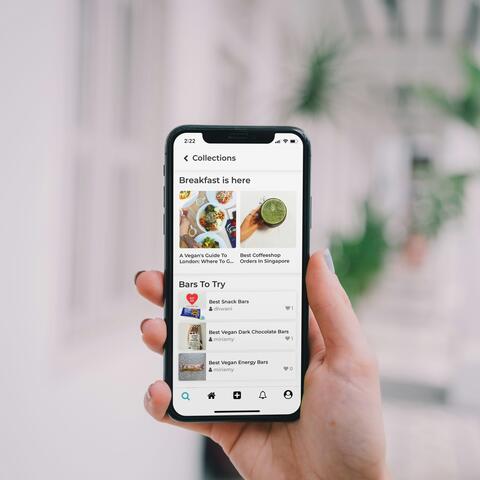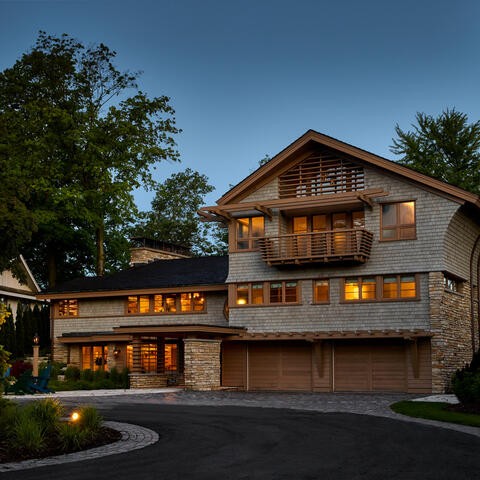There’s something tragic about watching a good business light its marketing budget on fire. They boost a few social posts, toss a thousand bucks at Google Ads, maybe commission one lonely blog—and then wonder why nothing sticks.
It’s not that marketing “doesn’t work.” It’s that most companies skip the strategy. Spending wisely isn’t about picking one channel—it’s about understanding how all the parts fit together and investing in the right mix for your goals, your audience, and your competition.
Here’s how to do that without losing your mind—or your money.

Start with Strategy, Not Guesswork
Before spending a dollar, define what you’re trying to achieve. Awareness? Leads? Sales? Repeat customers?
Your objectives determine your mix. A local plumber trying to book jobs doesn’t need the same strategy as a lifestyle brand selling candles online.
Most businesses should expect to invest 5–12% of annual revenue into marketing. Startups or brands trying to break into new markets often push higher—15–25%. But the key is how that budget’s split, not its size.
Think of your marketing spend like a portfolio. Some assets (PPC ads) pay off quickly. Others (SEO and content) grow slowly but compound over time.
Core Channels That Drive ROI
Content Marketing
If marketing channels were a band, content would be the rhythm section—quietly driving everything else. Blogs, guides, videos, and case studies make your brand discoverable, trustworthy, and memorable.
It’s a slow burn, but once momentum builds, it’s powerful. Each post attracts organic traffic, helps SEO, and fuels your social feeds and email campaigns.
Best for: brands with complex products, long sales cycles, or high-trust decisions.
Budget share: 20–30%.
Pro tip: build each piece around a core keyword and repurpose it—turn one blog into five social posts, an email, and a PPC landing page.
See how we’ve helped clients combine content and design at Coulee Creative Projects.
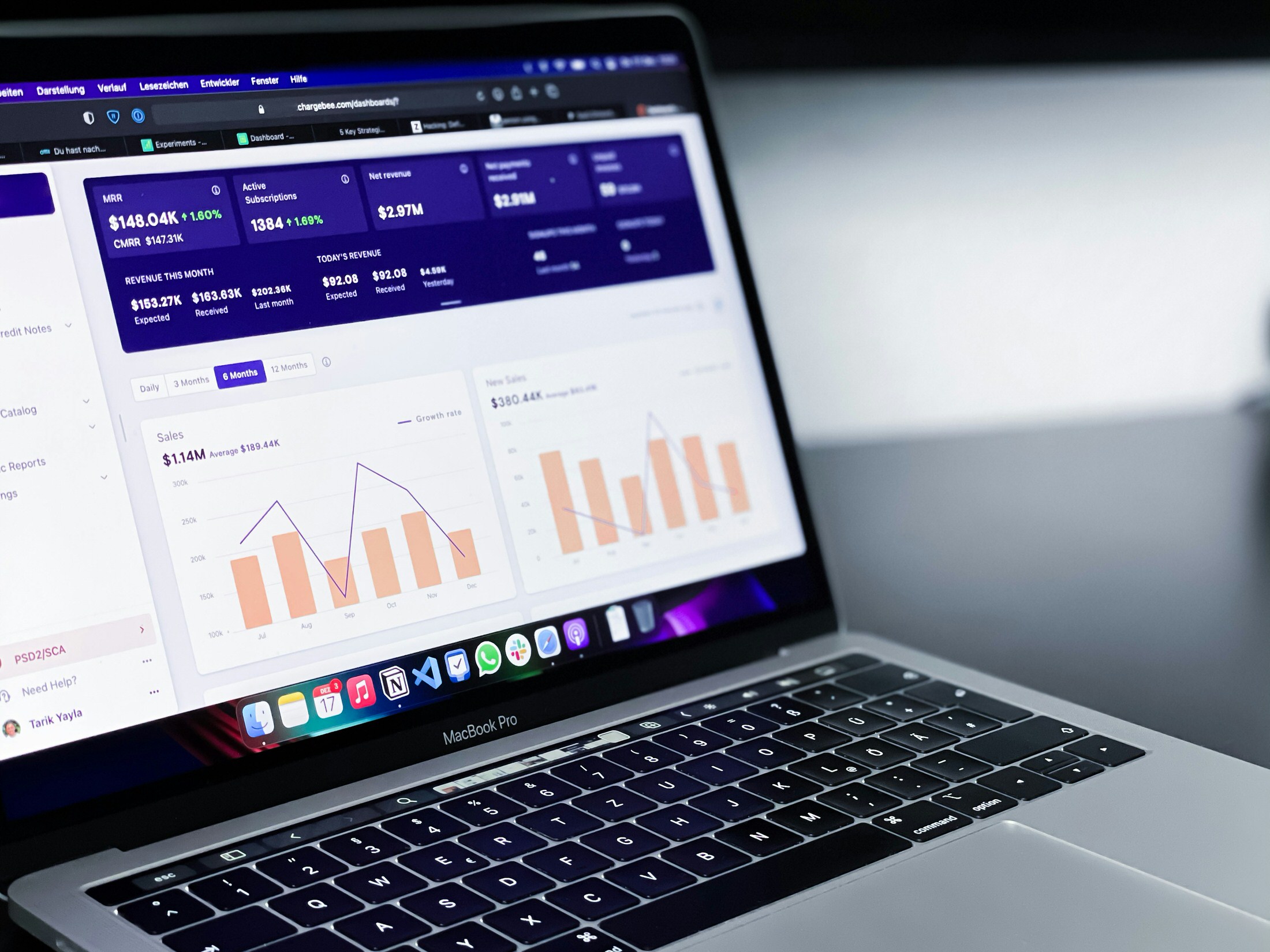
SEO (Search Engine Optimization)
SEO turns your website into a 24/7 salesperson. It’s the process of optimizing your site so people actually find your content when they search.
Good SEO blends technical work (speed, structure, schema) with smart keyword strategy and link building. It takes time—3–6 months for traction—but once established, it’s cheaper and more stable than ads.
Best for: any brand wanting consistent organic leads.
Budget share: 20–25%.
Pro tip: update content quarterly and run SEO audits twice a year. Search trends evolve constantly.

Google Ads (PPC)
Google Ads are the fast track to visibility. You pay only when someone clicks, but competition can get fierce—and expensive.
Well-run campaigns deliver instant leads. Poorly run ones drain budgets overnight. Success depends on smart targeting, solid ad copy, and ongoing optimization.
Best for: businesses needing immediate traffic—home services, legal, medical, eCommerce.
Budget share: 20–40%.
Pro tip: track cost per lead and lifetime value. If your customer’s worth $2,000, paying $100 for a click isn’t crazy.
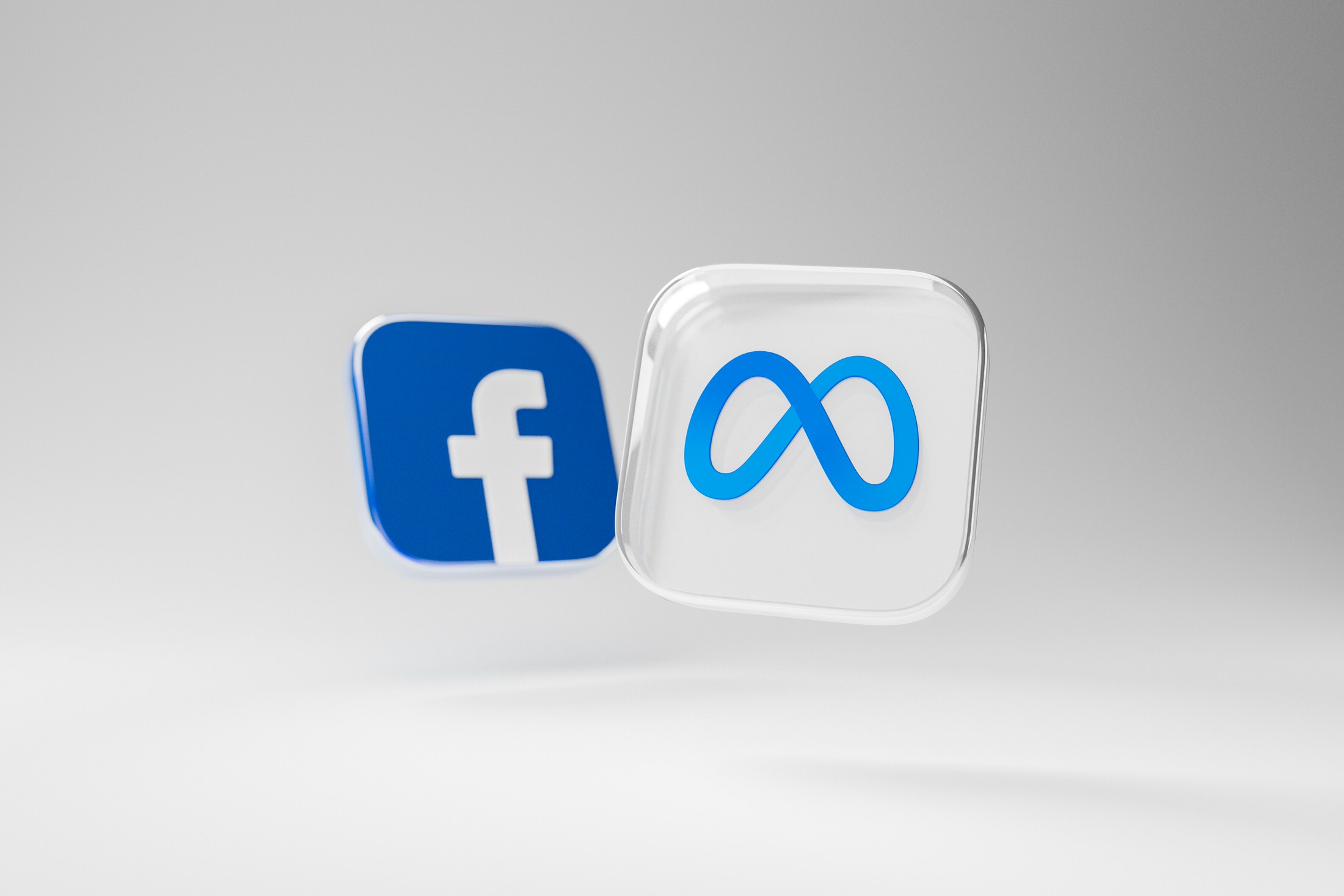
Meta Ads (Facebook + Instagram)
Meta’s ad platforms remain the best playground for visual storytelling. Here, you’re interrupting people mid-scroll, so ads need strong visuals and emotional hooks.
Great for awareness, retargeting, and community-driven brands. Campaigns can scale fast, but creative must refresh often to avoid fatigue.
Best for: eCommerce, lifestyle brands, local events, and anything visual.
Budget share: 15–30%.
Pro tip: use Meta to retarget visitors who clicked your Google Ads or read your blogs—cross-channel synergy at work.
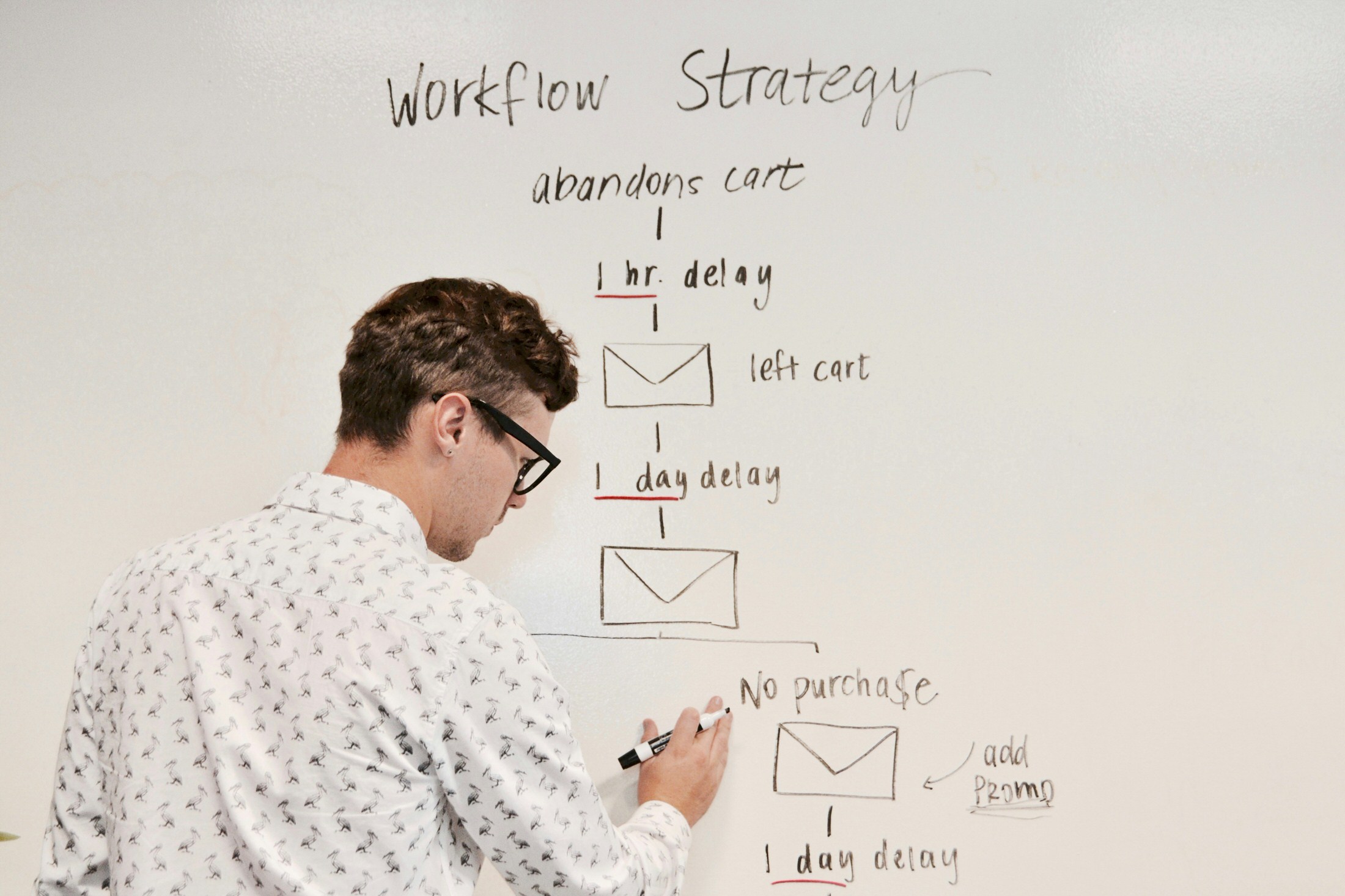
Email Marketing
Email is still the ROI heavyweight champ. It’s cheap, direct, and yours—you don’t rent your list from anyone.
With solid segmentation and automation, you can nurture leads, promote new products, and bring back past customers.
Best for: eCommerce, service businesses, repeat buyers.
Budget share: 10–15%.
Pro tip: don’t send noise. Send value—stories, education, behind-the-scenes content.
Video Marketing
Video commands attention like nothing else. It humanizes your brand, explains your product, and boosts engagement across every channel.
Best for: storytelling, demos, testimonials, and social ads.
Budget share: 10–20%.
Pro tip: authenticity beats polish. A phone and good lighting can outperform a $10k production if the message connects.
Marketing Mix by Business Type
Every industry plays a different game. Here’s how to think about allocation.
Local Service Businesses
Goal: consistent lead generation.
-
Google Ads: 35%
-
SEO + Local SEO: 25%
-
Content: 15%
-
Meta Ads: 15%
-
Email/Retargeting: 10%
Local search is everything. People Google “roof repair near me,” not “roofing brand manifesto.” Focus on visibility and credibility.
eCommerce Brands
Goal: drive sales through storytelling and retargeting.
-
Meta Ads: 30%
-
Google Shopping + Search: 25%
-
Content + SEO: 25%
-
Email: 15%
-
Influencers/Video: 5%
Meta brings awareness, Google captures purchase intent, and email keeps the relationship alive.
B2B or Professional Services
Goal: build authority and inbound leads.
-
Content + SEO: 40%
-
LinkedIn/Meta Ads: 20%
-
Email Automation: 20%
-
Google Ads: 15%
-
Video/Thought Leadership: 5%
Your prospects need education, not urgency. Win them with value, not volume.
Hospitality & Tourism
Goal: sell the experience.
-
Meta + Video Ads: 35%
-
SEO + Content: 25%
-
Google PPC: 20%
-
Email: 10%
-
PR/Influencer: 10%
Emotion rules here—show them what they’ll feel, not what they’ll pay.
Adjusting for Competition
Competition determines how aggressive you need to be.
When your market is crowded (legal, real estate, supplements), expect to spend more. Compete on expertise and brand story, not discounts.
When your niche is small, you can dominate early with lower spend—focus on content and local SEO before the crowd catches up.
If competition is high:
-
Lean into SEO and content for long-term credibility
-
Invest in strong creative for ads
-
Use retargeting to stay visible after clicks
If competition is low:
-
Test broadly on social ads
-
Build a strong content base while costs are low
-
Own your local market digitally before others notice
Tracking ROI Without Losing Sleep
Vanity metrics—likes, impressions, clicks—mean nothing if they don’t convert. Measure what matters:
-
Cost per lead (CPL)
-
Customer acquisition cost (CAC)
-
Lifetime value (LTV)
-
Conversion rate (CVR)
-
Return on ad spend (ROAS)
If you’re not tracking these, you’re guessing. Use Google Analytics 4, Meta Pixel, and call tracking tools to follow the full customer journey.
Building a Marketing Flywheel
The most effective budget builds momentum instead of one-off wins.
-
Content marketing creates educational assets.
-
SEO attracts organic visitors.
-
PPC ads drive immediate traffic and data.
-
Email + retargeting convert those visitors into customers.
-
Video and social amplify it all.
Each piece fuels the next. That’s how you scale sustainably instead of starting over every quarter.
Spend Smart, Not Loud
The best marketing isn’t about shouting the loudest—it’s about being heard by the right people.
As your business grows, your mix should shift. Early on, lean on PPC and Meta for visibility. Later, let SEO and content take the lead. Always invest in what compounds—your brand, your audience, and your data.
Throwing money at ads won’t fix a weak message. SEO won’t save a site nobody wants to visit. Marketing works when everything supports a clear story and strategy.
Be strategic. Be consistent. Spend with purpose.
If you want a clear plan for where to invest next, Coulee Creative can help build it—smart, measurable, and built to scale.




